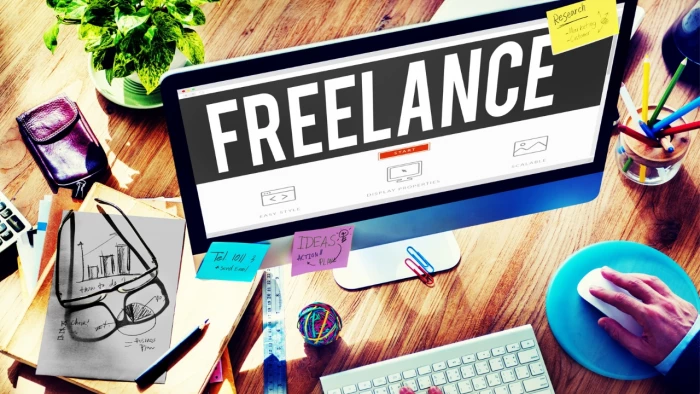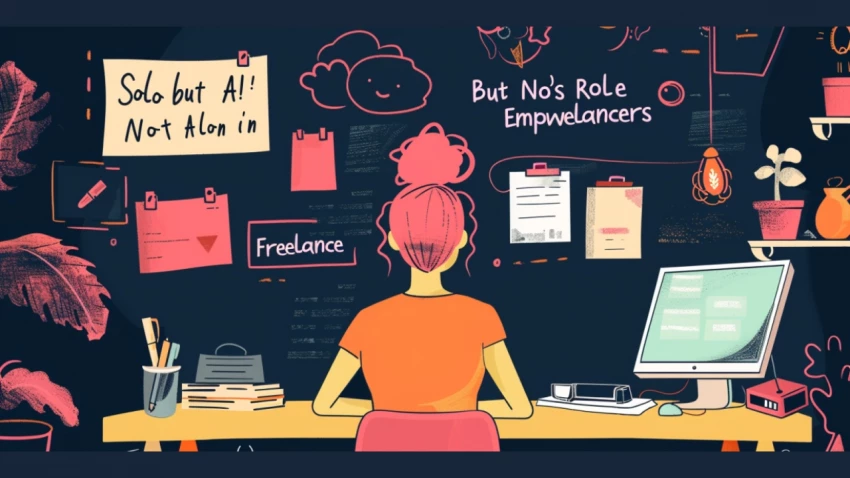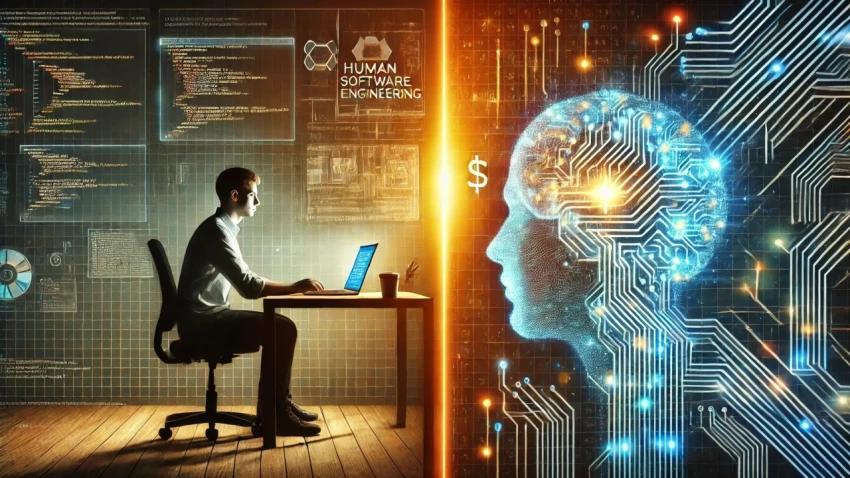

The creator economy has transformed the way people work, earn, and share ideas. In the past decade, millions turned hobbies into businesses through platforms like YouTube, TikTok, and Patreon. But we’ve now entered a new era where artificial intelligence reshapes the rules of freelancing. I call this the Creator Economy 2.0.
The first wave of the creator economy revolved around access. Platforms empowered individuals to reach global audiences and monetize creative work. The second wave is about augmentation. AI is not just a tool, it’s a collaborator. It’s shifting how freelancers, creators, and solopreneurs think about their workflow, revenue, and scalability.
In this landscape, the most successful freelancers aren’t those who resist AI, but those who learn to work with it.
AI adoption is accelerating across industries. According to Adobe’s 2024 “Future of Creativity” report, over 50% of creative professionals now use AI daily (Adobe Report). The benefits are undeniable:
The result? Faster output, lower costs, and higher creative capacity.

A content writer in London uses ChatGPT for first-draft generation. What once took six hours now takes two. The extra time goes into deep research and thought leadership articles, which clients value more.
A freelance YouTuber in India uses Descript to edit podcasts and videos. AI transcription reduces editing costs by 40%, and the creator reinvests savings into better production equipment.
A solo designer in Brazil leverages MidJourney to produce client mockups. Instead of spending three days brainstorming, they create 20 concepts in an afternoon, offering clients faster turnaround and more variety.

Platforms like Gumroad and Etsy already show a surge in AI-generated products, from digital planners to AI-illustrated storybooks.
We’re only scratching the surface of Creator Economy 2.0. In the next five years:
According to a 2025 McKinsey forecast, AI-driven productivity could add $4.4 trillion to the global economy annually (McKinsey Report). Freelancers who adapt early will ride this wave of opportunity.
AI is not ending freelance work, it’s evolving it. The Creator Economy 2.0 belongs to those who embrace AI as a partner. The advantage lies not in resisting change, but in learning to amplify creativity with these tools. Human storytelling, cultural nuance, and originality remain irreplaceable. Combine those with AI’s speed and scale, and freelancers gain unprecedented leverage.
Be the first to post comment!